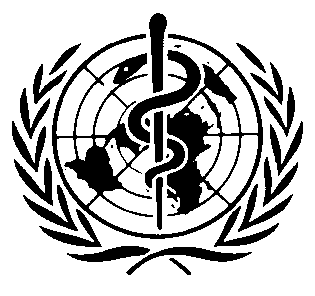International Chemical Safety Cards
| 1,1,1,2-TETRAFLUOROETHANE | ICSC: 1281 |




C2H2F4 Molecular mass: 102.03 (cylinder)  ICSC # 1281
ICSC # 1281CAS # 811-97-2 RTECS # KI8842500 UN # 3159 March 26, 1998 Peer reviewed |
| TYPES OF HAZARD/ EXPOSURE | ACUTE HAZARDS/ SYMPTOMS | PREVENTION |
FIRST AID/ FIRE FIGHTING |
| FIRE |
Not combustible.
Gives off irritating or toxic fumes (or gases) in a fire.
|
NO open flames.
NO contact with hot surfaces.
|
In case of fire in the surroundings: use appropriate extinguishing media.
|
| EXPLOSION |
|
|
In case of fire: keep cylinder cool by spraying with water.
|
| EXPOSURE |
|
|
|
| •INHALATION |
Dizziness.
Drowsiness.
Dullness.
|
Local exhaust or breathing protection.
|
Fresh air, rest.
Refer for medical attention.
|
| •SKIN |
ON CONTACT WITH LIQUID: FROSTBITE.
|
Cold-insulating gloves.
|
ON FROSTBITE: rinse with plenty of water, do NOT remove clothes.
|
| •EYES |
|
Safety goggles.
|
|
| •INGESTION |
|
|
|
| SPILLAGE DISPOSAL | STORAGE | PACKAGING & LABELLING | ||
|
NEVER direct water jet on liquid.
Do NOT let this chemical enter the environment.
Chemical protection suit including self-contained breathing apparatus.
|
Fireproof.
Keep in a well-ventilated room.
|
R: S: UN Hazard Class: 2.2 |
||
| SEE IMPORTANT INFORMATION ON BACK | ||||
|
||||
